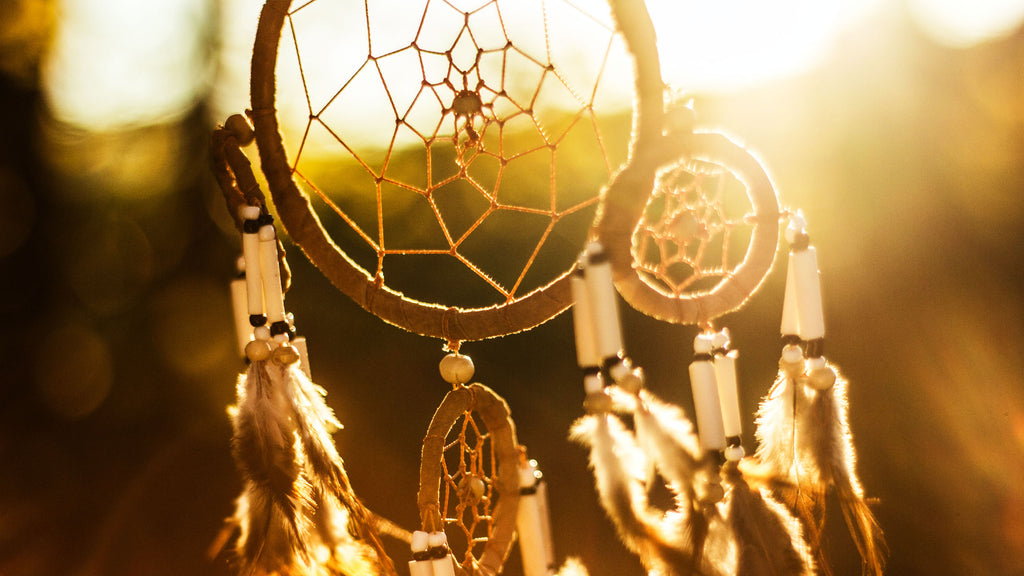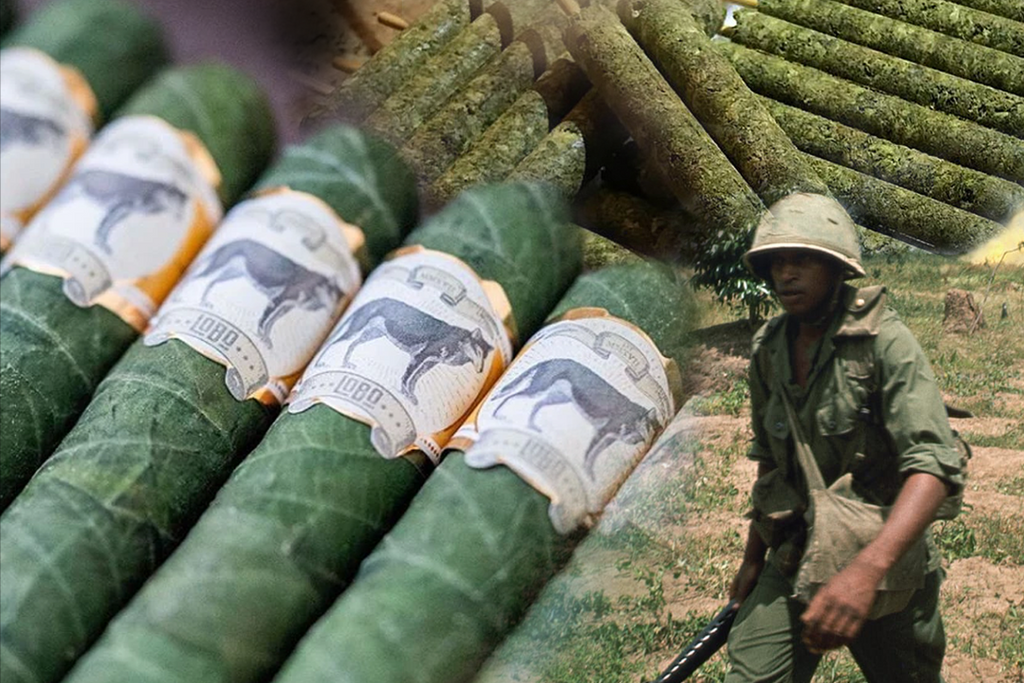The History and Meaning of the Dreamcatcher
How the Native American dreamcatcher took over the world
Dreamcatchers have become popular all over the world, but this protective charm has a long and storied history that’s intertwined with the Native American cultures of North America. Here we’ll explore the history and meaning of the dreamcatcher, and shed some light on its significance.
Origins of the Dreamcatcher
The dreamcatcher is widely believed to originate from Ojibwe people, a first nation tribe that lived in the southeast of what is now Canada. Taking the form of a spider's web, the dreamcatcher was traditionally made from willow and plant fibres and was hung above the cradle or bed of a child to provide protection from bad dreams.
Dreamcatcher Meaning
The Ojibwe people spoke of the Spider Grandmother known as Asibikaashi. She is an important protective deity, and as the native peoples expanded across America, the dreamcatcher became a way for distant people to connect with the spider grandmother and obtain her protection for their children. As a result, mothers and close female relatives were inspired to create spider web charms which often included sacred items such as feathers and beads, and the dreamcatcher was born.
Pan-Indian Movement
During the 1960s and ‘70s the Pan-Indian movement sought to unify the descendents of the first nation tribes. It was a political and social justice movement that looked to protect native peoples and their traditions, and the dreamcatcher became its de facto symbol. Even tribes that had no history of spider charms adopted the dreamcatcher as a unifying symbol, and they became a popular craft item that were sold widely to create income for disenfranchised reservations across America and Canada.




